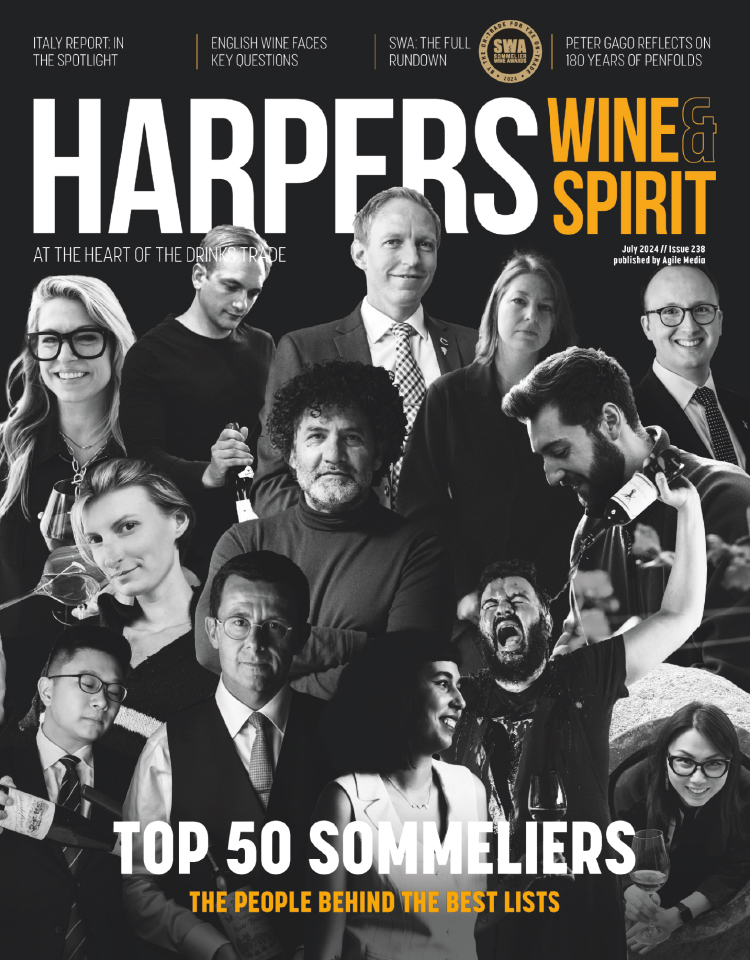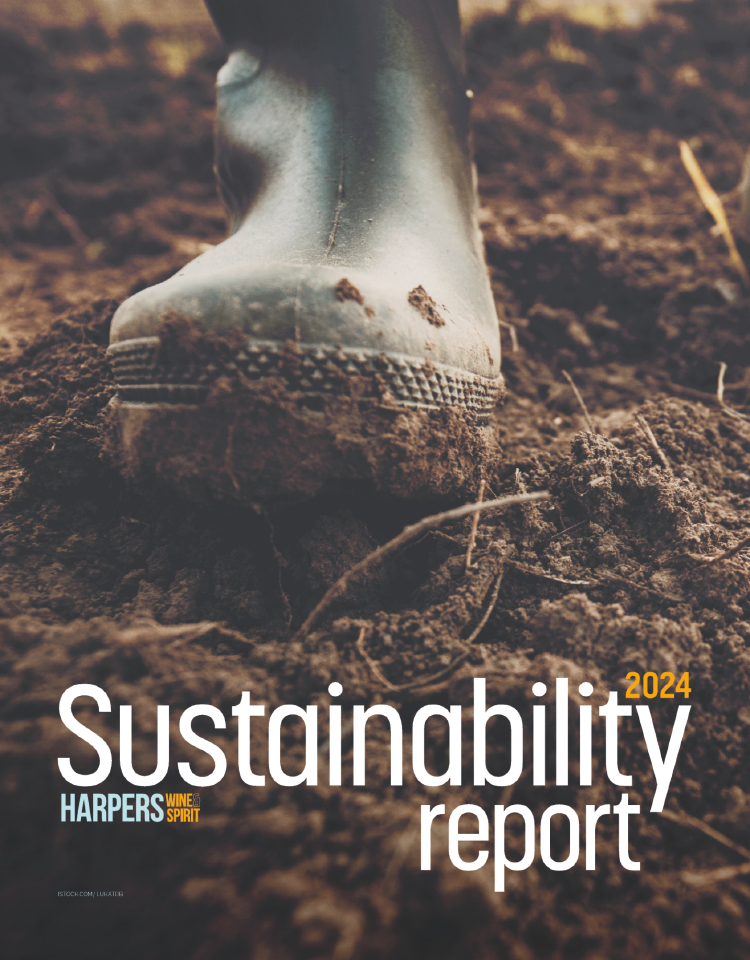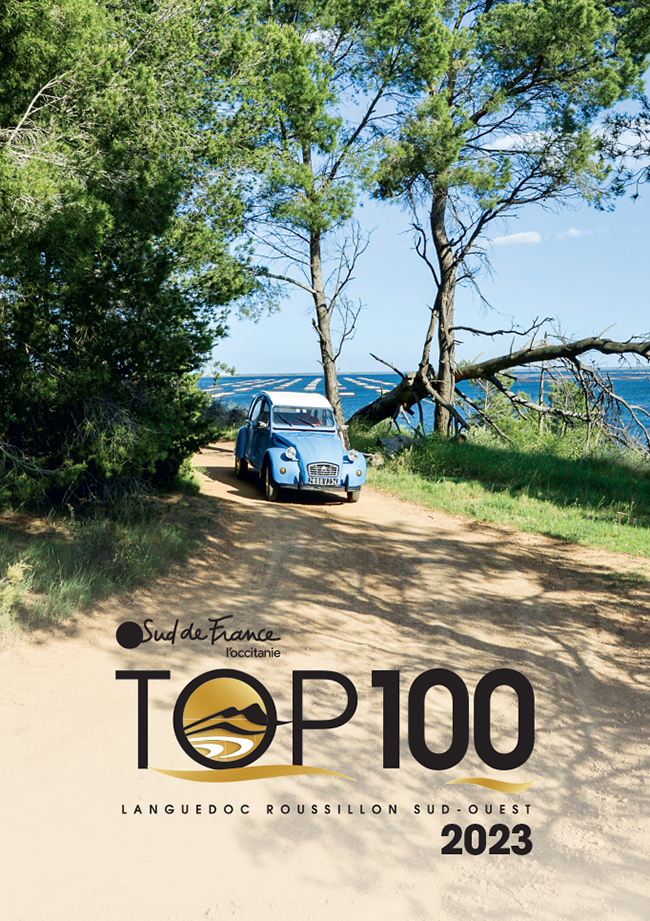Anne Krebiehl blogs from New Zealand Annual Trade Tasting
Considering the viticultural stats of New Zealand - there were merely 238 wineries and 6610 hectares of vineyard in 1996, now there are 698 wineries and 33,600 hectares - and their constantly growing trend, David Cox, European Director of New Zealand Wines does not think that this will continue. "We've had our big vintage years in 2008 and 2009 and we are back in balance now, pretty much. I don't think we are going to see very many plantings, not for the next couple of years," Cox said at yesterday's Annual Trade Tasting at Lord's Cricket Ground in London.
Considering the viticultural stats of New Zealand - there were merely 238 wineries and 6610 hectares of vineyard in 1996, now there are 698 wineries and 33,600 hectares - and their constantly growing trend, David Cox, European Director of New Zealand Wines does not think that this will continue. "We've had our big vintage years in 2008 and 2009 and we are back in balance now, pretty much. I don't think we are going to see very many plantings, not for the next couple of years," Cox said at yesterday's Annual Trade Tasting at Lord's Cricket Ground in London.
The afternoon scrum around many tasting tables attested to the sheer and continuing popularity of Kiwi wines; not only do they sell better year by year, they do so at an enviable above £6 average retail price, a feat no other country has mastered in the UK. Cox is confident: "We have this premium stance, but we tend to back it up with the quality that's in the glass which does help. The mantra in New Zealand is we must keep the quality high if we want to keep those consumers happy to pay £8, £9, £10 or even over £10 in the independents."
Four self-pour "educational" tables were set up highlighting Riesling, Chardonnay, sparkling wines and Bordeaux blends. Across the room, the zesty Rieslings stood out, covering the whole range from dry and slender, via fruity and off-dry to nobly sweet, often with that lanolin-scented mineral streak and depending on region and style, either boasting fresh orchard fruits or full-blown tropical flavours.
Meanwhile the 2008 Mountford Estate Chardonnay (Waipara), newly represented by Hallowed Ground, surely stood out as the most spectacular Chardonnay of the room. "The message here," said Cox, "is look again at our known varietals like Chardonnay, like Riesling, we've made real progress here." However, he was quick to add that "Sauvignon Blanc is still a top priority for us. It's still our number one door-opener; we are actually focussing on the regionality of Sauvignon Blanc".
Regionality was also the focus of the afternoon Pinot Noir master class held by Dr John Forrest of Forrest Wines, who predicted that "the next big thing for New Zealand Pinot Noir is tannin structure and tertiary development," something that will follow naturally with more vine age - as most Kiwi Pinot plantings are still less than 10 years old.
Forrest also opined that "the Pinot pendulum is swinging back from the alcohol fruit bomb." While this was not yet borne out everywhere on the tasting floor, it was an observation he also made on the previous night at an Adnam's-sponsored master class to highlight his own, very Kiwi range of wines. His wines from the John Forrest Collection, in particular the elegant 2006 Chardonnay from Marlborough, the layered 2009 Pinot Noir from Waitaki, and the scented and alluring 2006 Syrah from the Gimblett Gravels showed that these wines no longer need to be labelled as "Rhône-like" or "Burgundian" - they stand very well on their own, distinct feet.
Labelling Syrah as "one to watch", Cox admitted "with the clarity of fruit and the spiciness we are getting, I suppose the sad truth is that we have not enough planted, there still is only about 300 ha so we are trying to get people to plant more, especially in Hawkes Bay. It's one to watch because not everyone can produce Syrah around the world and I think we are doing it quite well, definitely in the Gimblett Gravels, Waiheke Island and a bit in Martinborough, too."
Another masterclass led by Tamra Washington of Yealands Estate and Matt Thomson of St Clair Family Estate, was dedicated to Grüner Veltliner and started with Thomson's disclaimer that "this is not a master class on Grüner Veltliner, that's for the Austrians to do; this is an update where New Zealand's at." Washington and Thompson illustrated how some of the Austrian grape's requirements and characteristics overlap with Sauvignon Blanc: both varieties like richer soils and are "thirsty for water and nitrogen." They agreed that with barely 30 hectares planted right now, 90% of those in Marlborough, Kiwi winemakers were just getting their heads around this variety, still learning where the alcohol sweet spots are and how to get the best out of this thick-skinned grape. Some of the Grüner Veltliners tasted were also made from exceptionally young vines in tiny, experimental quantities.
Thomson was right: while some of the Grüner Veltliners showed lots of character and promise, this master class taught us more about the New Zealand wine industry in general. It demonstrated the collective enthusiasm, curiosity and open-mindedness of Kiwi winemakers, their commitment to experiment, learn and evolve along with their vines and wines. This goes a very long way in explaining their continuing success in the UK.







